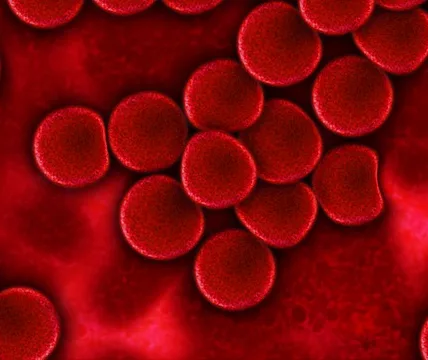Allergic asthma is a chronic inflammatory condition in which your lungs become inflamed and the airways you breathe through tighten when you inhale any kind of allergen. It is the most common type of asthma. About 90% of kids with childhood asthma have allergies, compared with about 50% of adults. Allergic asthma is identified by wheezing and breathing difficulties stimulated by allergens like pollen, mold, and pet dander. The relationship between the nerve cells and immune cells in the lungs which eventually contributes to the development of allergic asthma has been found in mice by researchers at Massachusetts General Hospital (MGH).
Their research is published in the Journal of Allergy & Clinical Immunology in a paper titled, “Lung dopaminergic nerves facilitate the establishment of T helper 2 resident memory cells in early life,” and led by Xingbin Ai, Ph.D., an investigator at MGH.
Cause for allergic asthma
“Allergic asthma develops from allergen exposure in early childhood and progresses into adulthood,” said the researchers. “The central mediator of progressive allergic asthma is allergen-specific, T helper 2 (Th2) resident memory cells (TRMs). Although the crosstalk between nerves and immune cells plays an established role in acute allergic inflammation, whether nerves facilitate the establishment of Th2-TRMs in the immature lung following early life allergen exposure is unknown.”
The tracking of the allergen-specific immune cells is done by T helper 2 resident memory cells (Th2 TRMs). It works as the central mediator of allergic inflammation in the lungs. According to the research, the sympathetic nerves in the lungs produce dopamine and live in very close proximity to the T helper 2 cells which leads to the exposure of allergens in newborns. When dopamine coheres to the DRD4 receptors on this T helper 2 cells, the cells will be more prone to be converted into Th2-TRMs and are commanded to produce more amount of cytokines. Scientists have observed that by blocking the dopamine binding site, the exposure to allergens reduces, and ultimately the transformation of T helper 2 cell will also be blocked. Later on, the lung inflammation will be relieved by encountering the allergens during adulthood.
Ai said, “Since human lungs are similarly innervated by dopaminergic nerves in early postnatal life, the dopamine-DRD4 axis may provide a therapeutic target to modify allergic asthma progression from childhood to adulthood.” “Dopamine signaling is likely one of many age-related factors that regulate Th2-TRMs in the immature lung. Moving forward, it will be important to further delineate the molecular and functional features of the pathogenic Th2-TRMs generated in the immature lung. A better understanding of the mediators of the early life Th2-TRM program could identify new therapeutic targets for the treatment of allergic asthma.”






















